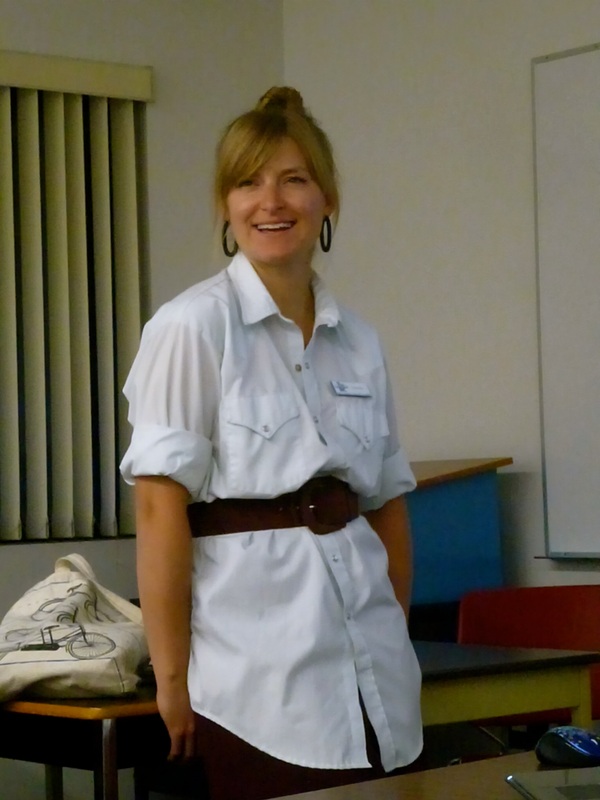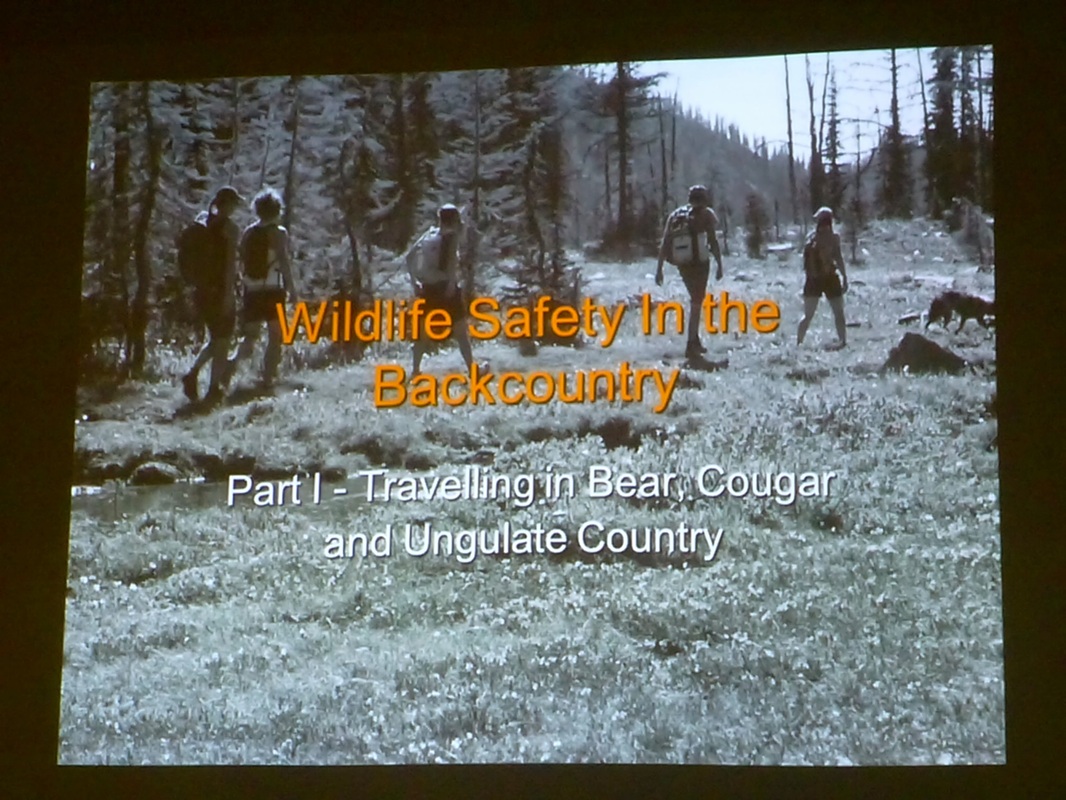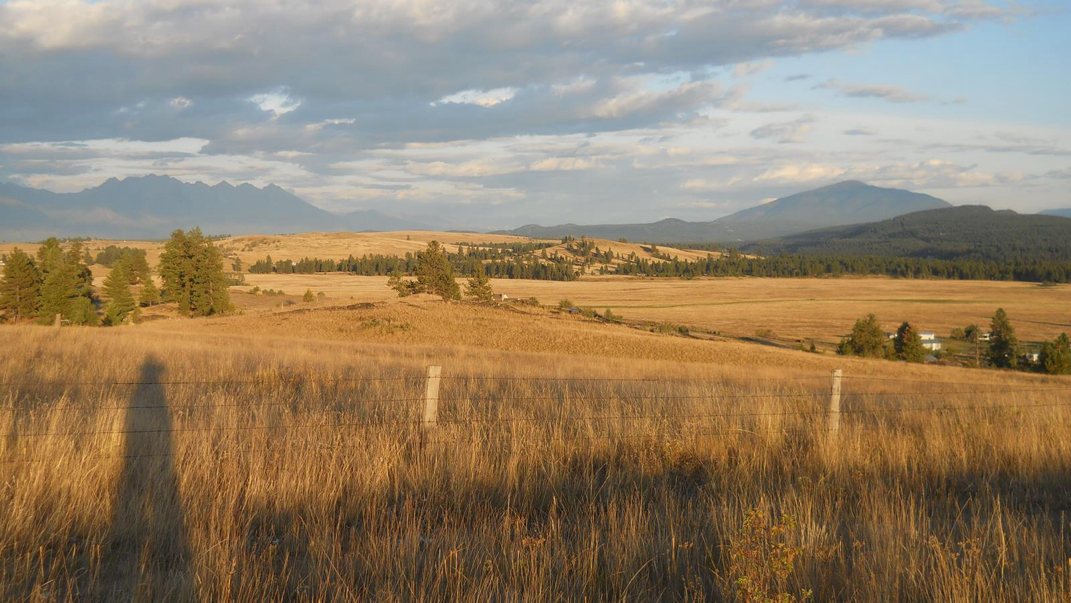- Keep pets on a short leash, walking beside you.
- Dogs off-leash may crush the eggs or young of ground-nesting birds. They may chase wildlife causing them to expend valuable energy needed to survive. Dogs off-leash also sometimes catch and injure animals.
- On a leash, pets are better protected from park wildlife including porcupines, beaver, skunks and coyotes.
- Keep food and garbage away from wildlife.
- Do not feed wildlife. The park's ecosystem provides all the food wildlife requires for their basic needs. Human food can harm or kill animals.
- Glass, metal and plastic litter left on the ground can injure or kill wildlife if eaten.
- Stay on marked designated pathways.
- Keep children in view at all times.
- Quietly observe wildlife. Do not chase or harass wildlife. It is extremely stressful to the animals.
- Leave the area immediately if you come across any type of animal kill.
- Be aware of your surroundings. Ensure that natural sounds, like flowing water, do not mask the sound of your approach.
|
Sonja Seher, Regional Coordinator of Wildsafe BC gave a presentation on ways to be safe from bears, cougars and ungulates.
1 Comment
Following a very successful Fall General Meeting hosted by our club in Cranbrook and area, September 2013, we continues to pursue all things natural with renewed enthusiasm and curiosity. The spectrum of interesting aspects of nature in the East Kootenay has widened for us because several new members with diverse interests have joined our club. For example, when observing flowering plants, we now notice invasive species and the diversity of POLLINATORS; while snowshoeing, we can distinguish different lichens and decipher structures in the ever changing snowpack; while birding, the size, location and pattern of woodpecker excavations and chips provide subtle clues. Of course, while looking up, it is fascinating to learn the details of rainbows, aurora borealis and the patterns and seasonal changes of the night sky. After many years of conscientious work in the vicinity of Elizabeth Lake, WE WERE SO DISAPPOINTED WHEN a plugged culvert at the outlet allowed the lake to rise to a record level. Now that the level has dropped, our low-lying trail sections and bridges require considerable repair. Many of the emergent vegetation islands floated off to new locations which do not necessarily benefit the existing dipping dock, blinds and control weir. The PAINTED TURTLES may have to bushwhack to find our once productive sand egg-laying beds we constructed and fenced for them. Several of our citizen scientists have responded by regularly measuring and reporting the water level, and investigating the location and integrity of Jim Smith creek, the lake’s outlet, much of which lies beneath the highway and the town. It apparently flows through a concrete culvert which was constructed in the 1930’s. The CITY OF CRANBROOK promises to examine in detail, the issue of this watershed with the benefit of our findings. At Christmastime, the club organized bird counts for Cranbrook, Kimberly and Fernie, as well as for new locations in the Elk Valley. Even though the birds were not as plentiful as last year, bird counter and feeder watcher numbers were up. Winter finches, such as Pine Siskins, Evening and Pine Grosbeaks and Red Crossbills were largely absent and have been low in number this summer too. It will be interesting to see if Bohemian Waxwings return in abundance; certainly Cedar Waxwings are plentiful lately. Two local bird festivals were very successful this spring. Wings Over The Rockies, Invermere, offered more events than ever, while the Creston Bird Fest highlighted many of the diverse aspects of nature and agriculture found in the Creston valley. Our ‘Little Big Day’ 12 hour team birding competition, also in May, tallied an amazing species count of 114 species. Club Camp is always a fun event in spring. Every year, naturalists choose a different part of the upper Kootenay river drainage to go camping and exploring for the weekend. This year, Mount Fernie Provincial Park offered a fine central location and a contrast to the drier Rocky Mountain Trench. Sunshine prevailed in this interior wet belt setting; birds abounded while mosquitoes did not. Sneaky Swainson’s Thrushes challenged us with their 7 different songs and calls, fluffy young American Dipper chicks provided comic relief along the creek, and, in retrospect, we wondered whether 35 noisy Common Grackles we saw should maybe just stay in Fernie’s back alleys. Field trips have been well attended this year, partly because of our increased membership and partly because of our new webpage and online calendar. Following each trip, wonderful photos and anecdotes are shared and appreciated.
Submitted by Daryl Calder |
where we talk about
|



 RSS Feed
RSS Feed
